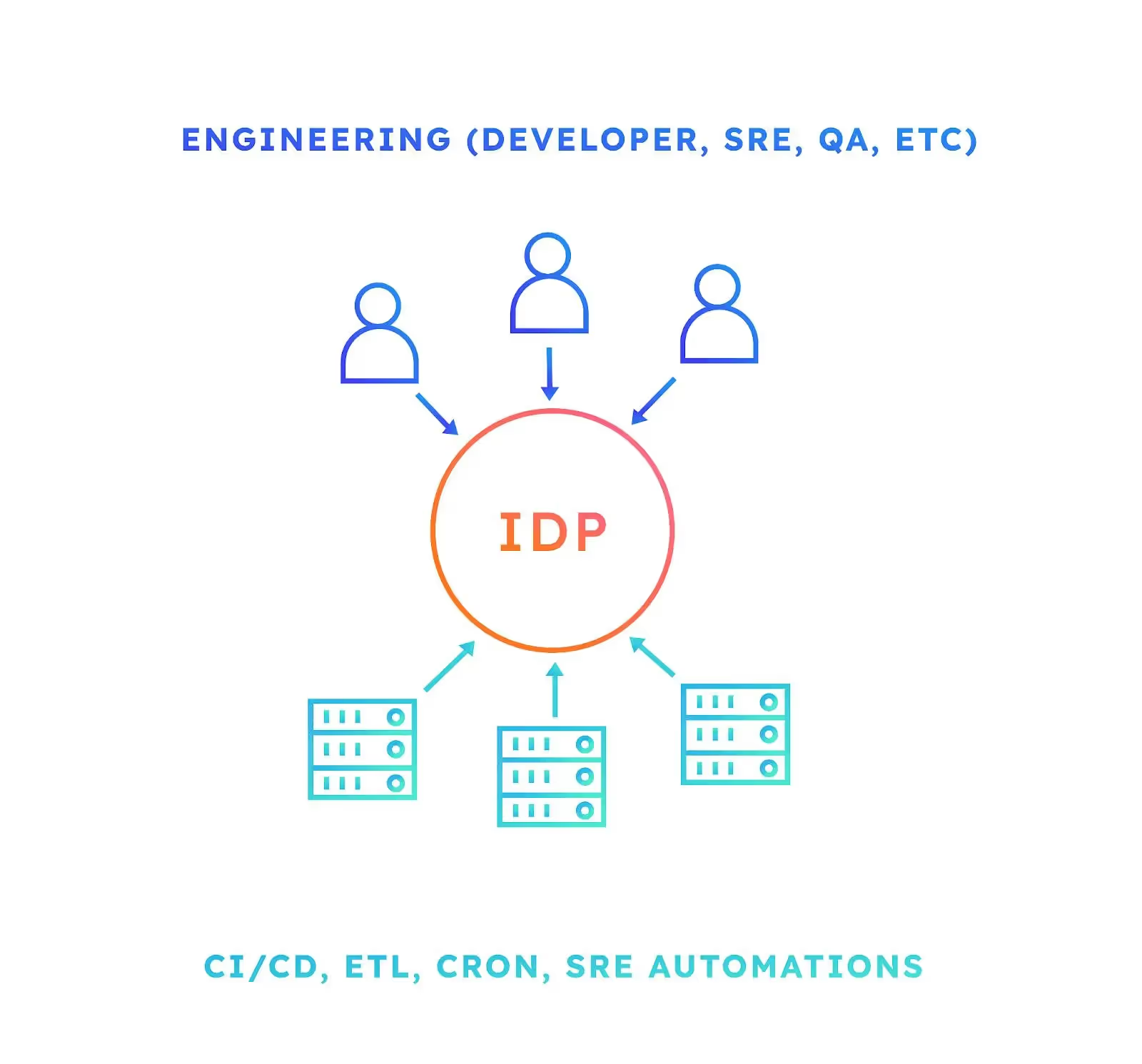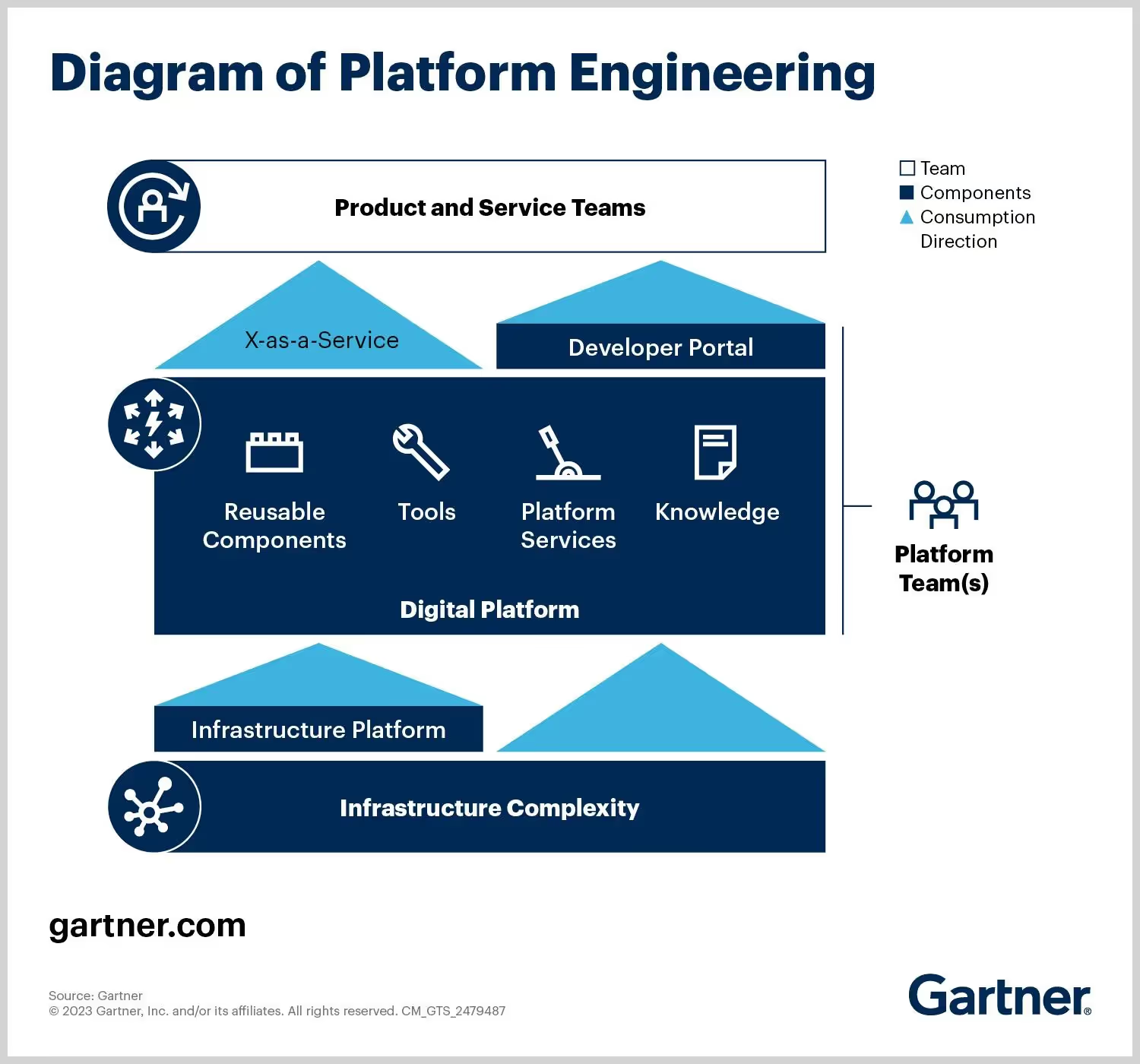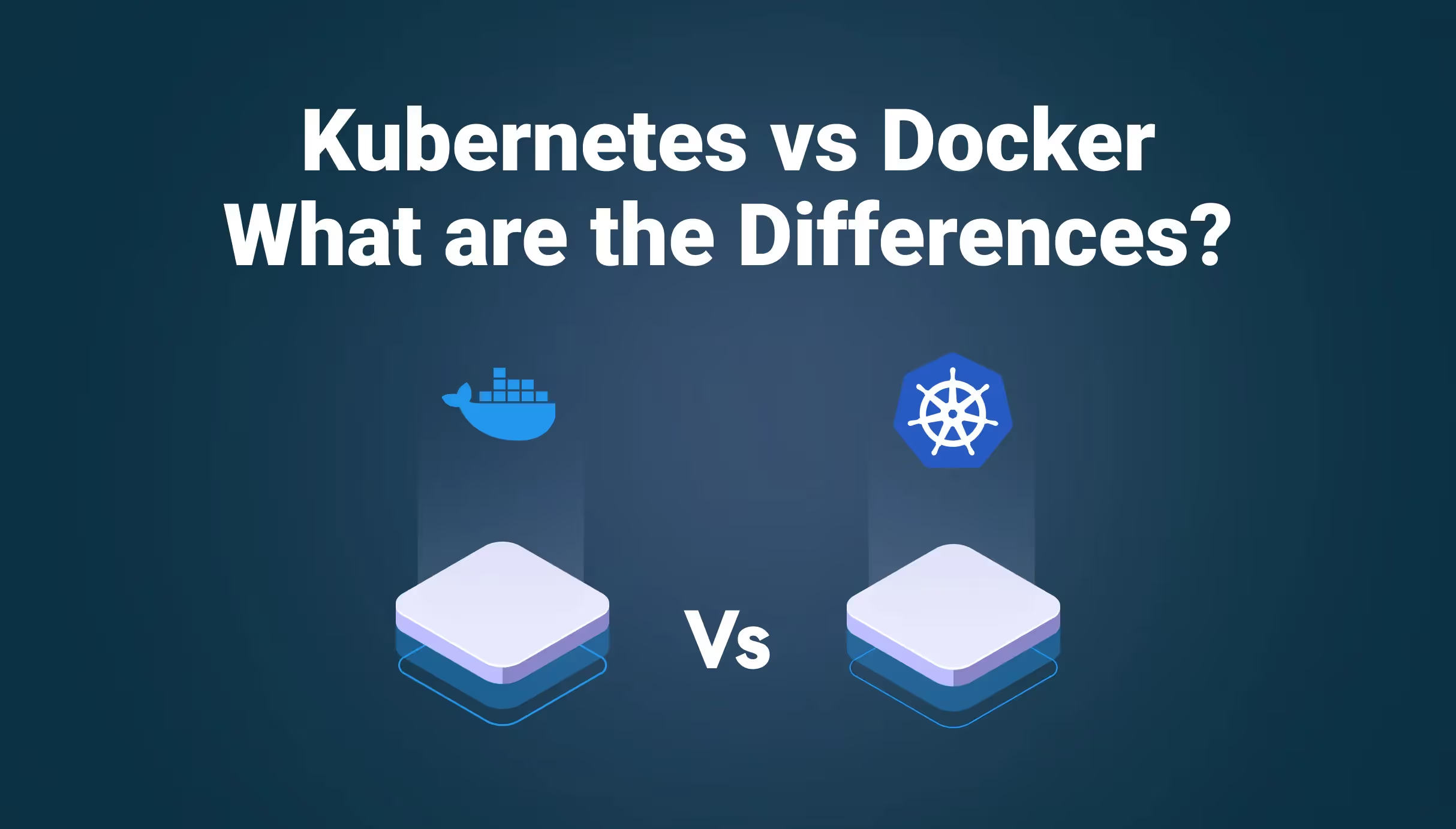


The Internal Developer Platform Revolution: A CTO's Guide to Transforming Software Development



Let's start with a step-by-step guide for CTOs to adopt IDPs.
Strategic Internal Developer Platform Adoption for CTOs
Step-by-step guide for CTOs to adopt Internal Developer Platforms
Step 1: Grasp the concept
Understand what IDPs and Platform Engineering are and their significance in the modern IT infrastructure. One way of doing this is that a CTO of a startup educates themselves on IDPs, learning how they integrate development, operations, and cloud technologies to streamline workflows.
Step 2: Conduct a needs analysis
Examine your company's specific requirements and how an IDP can optimize your development processes. For example, a startup may analyze its frequent code integration issues and decide that an IDP could automate and simplify these processes.
Step 3: Develop an implementation plan
Create a detailed roadmap for IDP adoption, considering timelines, resources, and how it will integrate with existing systems. For example, the CTO drafts a plan detailing the gradual integration of an IDP over 4 months, aligning it with current project milestones.
Step 4: Incorporate team understanding and buy-in
Ensure all stakeholders, especially developers and IT staff, understand the benefits and changes brought by the IDP. For example, the CTO organizes workshops for the development team to familiarize them with the upcoming changes and gather their input.
Step 5: Continuous monitoring and adaptation
Regularly assess the IDP's performance and make necessary adjustments to align with evolving business goals. After implementation, the organization can conduct monthly reviews of the IDP's impact on development efficiency and team collaboration.
Assessing Organizational Readiness for Internal Developer Platform Implementation
Reviewing current infrastructure
Analyze if current technical setups can support an IDP. For example, a medium-sized tech company would perform an audit of its servers and cloud capabilities to ensure they can handle the new IDP.
Evaluating team dynamics
Assess the readiness of your teams to adapt to an IDP-based workflow. One practical approach would be for the company to conduct surveys and interviews with its developers to understand their familiarity with IDP concepts.
Budgeting for the IDP
Consider the financial implications and potential ROI of implementing an Internal Developer Platform. The finance department will calculate the expected cost savings from reduced downtime and increased efficiency with an Internal Developer Platform.
Establishing a Dedicated Platform Engineering Team
Forming the right team
Assemble a team with diverse skills in software engineering, cloud solutions, and system administration. You can handpick internal and external experts to form a dedicated platform engineering team.
Defining roles and responsibilities
Clarify the specific duties of the platform engineering team in relation to IDP development and maintenance. The enterprise should set clear guidelines for the team, outlining responsibilities like regular IDP updates and user support.
Encouraging cross-department collaboration
Promote cooperation between the platform engineering team and other departments to ensure the IDP meets diverse needs. Regular meetings should be scheduled between the platform engineering team and other departments to align IDP functionalities with user requirements.

Building and Managing an Effective Internal Developer Platform
Best practices in designing and building an Internal Developer Platform
- Understanding user needs: Start by assessing the needs of your development and operations teams. An effective IDP should cater to the specific requirements of your organization.
- Integration with existing tools: Ensure your IDP seamlessly integrates with existing tools and platforms, such as version control systems, CI/CD pipelines, and cloud services.
- Simplicity and usability: Design the IDP with a focus on user experience. A straightforward, user-friendly platform encourages adoption and reduces training time.
- Automation and efficiency: Incorporate automation in build and deployment processes to expedite development cycles and minimize human errors.
- Scalability and flexibility: Build your IDP with scalability in mind to accommodate future growth and evolving technology needs.
Key considerations in infrastructure management, API design, and integration
- Infrastructure as Code (IaC): Utilize IaC for efficient, reproducible, and scalable infrastructure management.
- API design best practices: Develop APIs that are consistent, well-documented, and secure, facilitating smooth integration and interaction with other services and tools.
- Security and compliance: Prioritize security measures and ensure compliance with relevant industry standards and regulations.
- Monitoring and analytics: Implement monitoring tools to track performance, usage, and system health. Analytics can provide valuable insights for continuous improvement.
- Continuous feedback and improvement: Establish a feedback loop with developers and users of the IDP to continually refine and enhance the platform.
Enhancing Developer Experience through Internal Developer Platforms
Streamlining software development with Internal Developer Platforms
- Automation of routine tasks: IDPs automate mundane tasks like environment setup, code deployment, and testing. For instance, using DevOps automation tools like Qovery within an Internal Developer Platform framework can automatically trigger builds and tests upon code commits, saving developers hours of manual effort.
- Standardization across projects: Standardizing development environments and workflows across teams leads to consistent output. A real-world example is Docker, which provides a uniform environment for applications, ensuring they run the same across different machines and systems.
- Faster time-to-market: IDPs significantly reduce the time from conception to deployment by streamlining the development process. A company could, for example, cut down release cycles from weeks to days, giving them a competitive edge in the market.
Improving team collaboration and communication
- Centralized communication tools: Incorporating tools like Slack or Microsoft Teams within the IDP enables real-time communication and collaboration, reducing misunderstandings and delays.
- Shared resources and documentation: A central repository of resources and documentation, such as Confluence within an IDP, ensures that all team members are on the same page, reducing silos and knowledge gaps.
- Feedback and review processes: IDPs facilitate more efficient code review and feedback processes. For example, integrating Git with tools like JIRA allows teams to track changes and feedback seamlessly.
Balancing self-service access with governance and security
- Role-based access control: Implementing role-based access ensures that developers have the autonomy they need while preventing unauthorized changes. For instance, a junior developer might be able to create and test branches but not deploy them to production.
- Audit trails and compliance: IDPs can automatically log all actions, providing an audit trail for compliance purposes. This feature is especially crucial for businesses in regulated industries like finance or healthcare.
- Security integrations: Incorporating security tools within the IDP, such as Snyk for vulnerability scanning, ensures that applications are secure from the outset, reducing the risk of security breaches.

The Internal Developer Platform Journey
Promoting a culture of continuous improvement and iteration around the Internal Developer Platform
- Embracing change: As the technology world is evolving continuously, it's crucial for teams to adapt and evolve continually. Internal Developer Platforms (IDPs) facilitate this by offering a flexible framework that supports ongoing enhancements and adjustments. Consider a company like Netflix, which constantly updates its streaming technology and user interface. They use an internal IDP to efficiently manage these updates efficiently, ensuring a seamless and improved viewer experience.
- Encouraging feedback and adaptability: Teams should be encouraged to provide feedback on the IDP, leading to a cycle of continuous improvement. This feedback loop ensures that the IDP evolves in alignment with the developers' needs and business objectives.
Encouraging experimentation with new tools and technologies
- Promoting innovation: IDPs are not just about maintaining the status quo; they are about pushing boundaries. By providing a safe and controlled environment, IDPs enable developers to experiment with cutting-edge tools and technologies without risking the integrity of the main project.
- Example: A software company might experiment with new cloud technologies within their IDP, assessing the benefits and drawbacks in a controlled setting before full-scale implementation.
Importance of measuring the Internal Developer Platform’s impact on developer productivity and business outcomes
- Quantifying improvements: Measuring how the IDP affects developer productivity and the overall business is essential. Key performance indicators (KPIs) like deployment frequency, change lead time and mean recovery time can provide valuable insights.
- Balancing developer experience and business value: While the IDP aims to enhance the developer experience, it should also align with business goals. For instance, if an IDP significantly reduces the time to market for new features, this not only benefits the development team but also provides a competitive edge to the business.
Challenges and Opportunities Ahead
Challenges in Implementing Internal Developer Platforms
- Integration complexity: Seamlessly integrating a wide array of development, testing, and deployment tools.
- Infrastructure scalability: Ensuring the IDP can scale in line with increasing load and complexity.
- Customization flexibility: Balancing customization needs with maintaining a standard, scalable platform.
- Security assurance: Implementing robust security protocols, especially in cloud-based and distributed environments.
- Data Management and Analysis: Handling large volumes of data and providing meaningful insights for continuous improvement, E.g., Integrating advanced analytics tools to track and optimize DevOps workflows.
Opportunities presented by Internal Developer Platforms
- Streamlined development cycles: Leveraging IDPs for faster development cycles and reduced time to market.
- Advanced automation: Utilizing AI and machine learning for predictive analytics and process optimization.
- Cloud-native solutions: Exploiting cloud technologies for scalable, flexible, and cost-effective development environments.
- Microservices architecture support: Facilitating microservices-based application development, deployment, and management. E.g., implementing container orchestration tools like Kubernetes to manage microservices efficiently.
Conclusion
The transformative journey of Internal Developer Platforms reflects a significant shift in the software development paradigm. Adopting and handling IDPs isn't just a matter of necessity for CTOs; it's also a strategic move to make their businesses ready for the future. This guide has highlighted how important IDPs are for making developers more productive and speeding up the software delivery process as a whole. It urges CTOs to make these platforms central to their technology strategy.

Suggested articles
.webp)



.svg)
.svg)
.svg)














